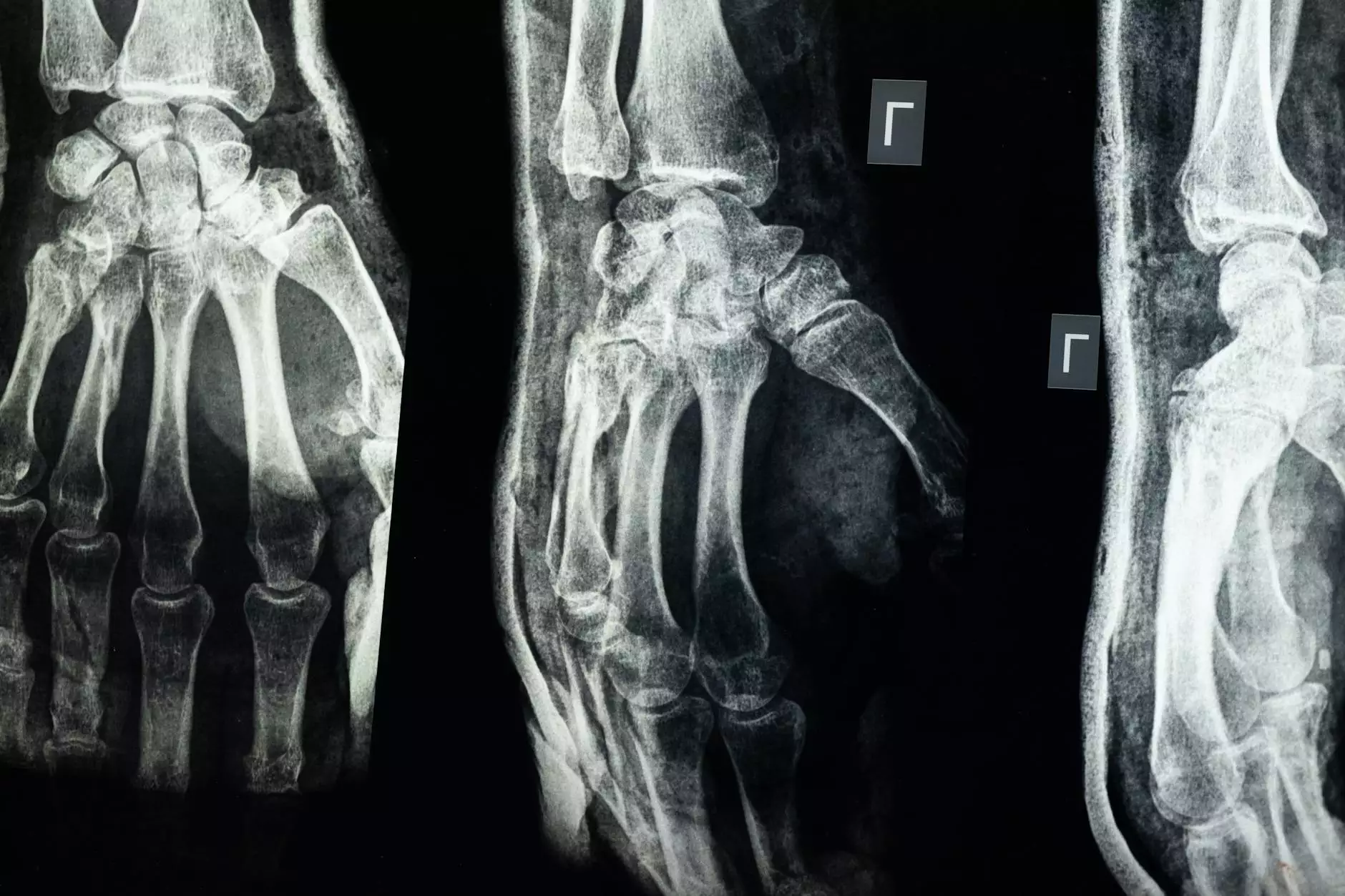Bloat in Dogs: How to Recognize the Signs and Prevent

The Importance of Recognizing Bloat in Dogs
Bloat, also known as gastric dilatation-volvulus (GDV), is a serious and potentially life-threatening condition that commonly affects dogs, especially large and deep-chested breeds. As a responsible pet owner, it is crucial to be aware of the signs and symptoms of bloat to seek immediate veterinary attention.
Signs and Symptoms of Bloat in Dogs
Bloat typically starts with abdominal discomfort and can escalate rapidly. Some common signs to watch for include:
- Distended abdomen: One of the most noticeable signs is a visibly swollen or distended abdomen. It may feel tight and appear larger than usual.
- Unsuccessful attempts to vomit: Dogs suffering from bloat often attempt to vomit but are unable to expel anything.
- Restlessness and discomfort: Dogs may pace, whine, or appear restless due to the discomfort caused by bloat.
- Excessive drooling: Excessive drooling or hypersalivation can indicate bloat.
- Unproductive retching: Dogs may retch or gag without being able to vomit.
- Rapid breathing: Shallow, rapid breathing can be a sign of bloat.
- Pale gums or tongue: The gums or tongue may appear pale or white, indicating poor circulation.
- Weakness or collapse: In severe cases, dogs may experience weakness, difficulty standing, or collapse.
Potential Causes and Risk Factors
Bloat occurs when a dog's stomach fills with gas, often accompanied by fluid or food, and becomes distended. While the exact cause is still not fully understood, several risk factors contribute to the development of bloat:
- Larger breeds: Deep-chested breeds, such as Great Danes, Doberman Pinschers, and Boxers, are more susceptible to bloat.
- Rapid eating: Dogs that quickly consume their food and water are more prone to developing bloat.
- Exercise after meals: Vigorous exercise immediately after eating can increase the risk of bloat.
- Elevated food bowls: Using raised food bowls has been associated with an increased likelihood of bloat.
- Predisposition: Some dogs may have a genetic predisposition to bloat, making them more prone to developing the condition.
Preventing Bloat in Dogs
While it is not always possible to prevent bloat completely, there are several measures you can take to reduce the risk:
1. Slow and Controlled Feeding:
Consider feeding your dog multiple small meals throughout the day, instead of one large meal. Use slow-feed bowls or puzzle toys to slow down their eating pace. Avoid giving your dog unrestricted access to food, particularly if they are prone to eating too quickly.
2. Avoid Vigorous Exercise After Meals:
Allow your dog to rest for at least an hour after meals before engaging in any strenuous physical activity. Moderate exercise, such as a leisurely walk, is usually safe, but avoid intense exercise immediately after eating.
3. Regular Vet Check-ups:
Schedule regular veterinarian check-ups to monitor your dog's overall health. Discuss bloat prevention strategies with your vet and ensure your dog receives appropriate vaccinations and parasite control treatments.
4. Elevated Food Bowls:
Contrary to popular belief, recent studies have shown that using elevated food bowls may actually increase the risk of bloat. It is advisable to consult with your veterinarian before using elevated food bowls.
5. Manage Stress Levels:
Reducing stress levels in your dog's daily life can help minimize the chances of developing bloat. Provide a calm and secure environment, avoid sudden changes or disruptions, and ensure your dog receives regular exercise and mental stimulation.
6. Know the Warning Signs:
Educate yourself about the signs and symptoms of bloat to act swiftly if any alarming symptoms arise. Familiarize yourself with emergency veterinary clinics in your area to ensure quick access to potentially life-saving treatment.
In Conclusion
Bloat in dogs is a serious condition that requires immediate veterinary attention. By recognizing the signs, understanding the potential causes and risk factors, and implementing preventive measures, you can significantly reduce the risk of bloat in your beloved canine companion. Remember, proactive prevention and timely action are key to safeguarding your dog's health and well-being.




